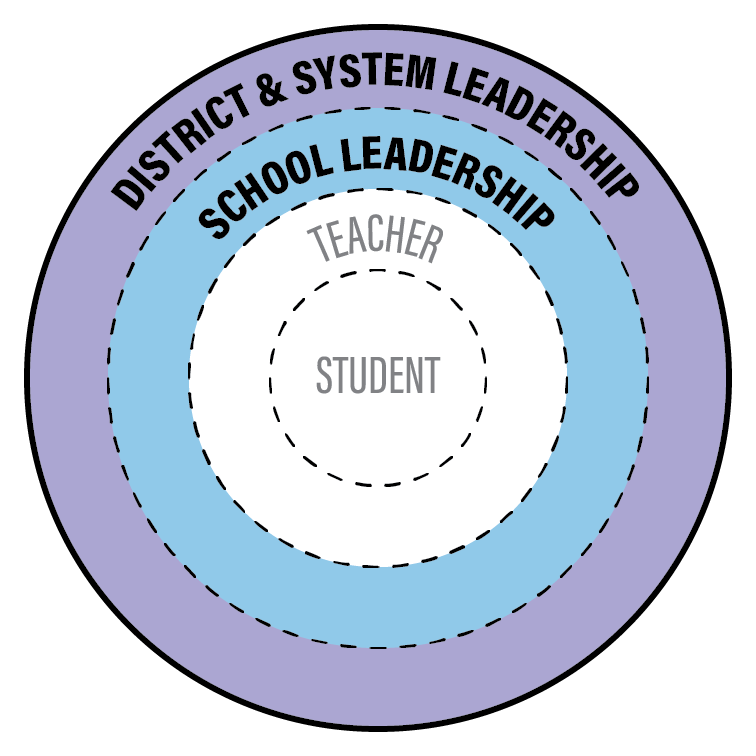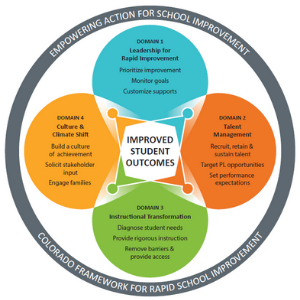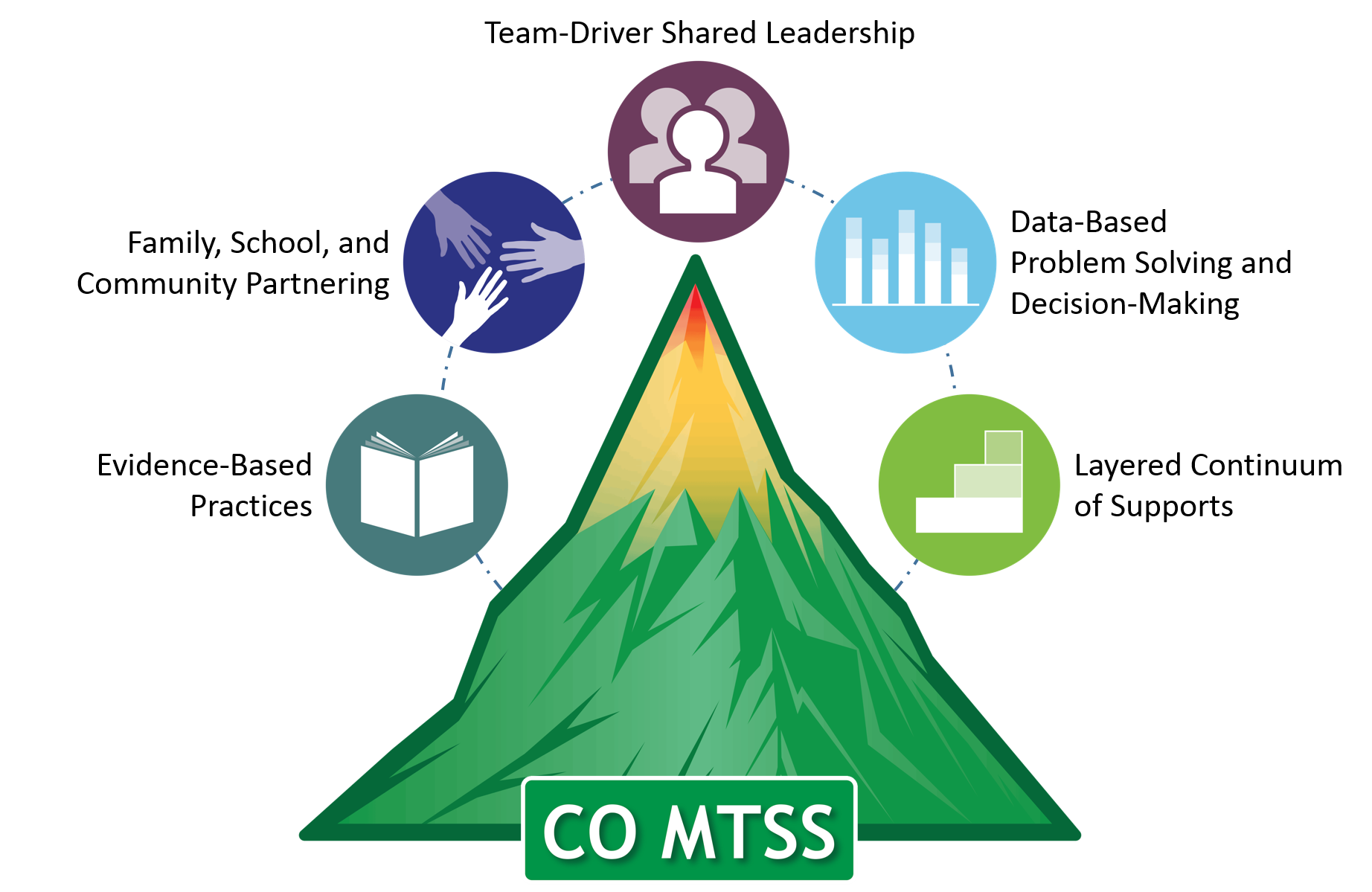You are here
Mathematics Intervention for Schools and Districts

Mathematics Intervention at the Institutional Level
When considering the need for a math intervention in school districts, schools or classrooms, it is essential to effectively address the challenges students may be facing. As a general rule, if more than 10-20% of a class needs intervention, the issue is with core instruction/tier 1. If that is the case, see the recommendations below. If the intervention needed is for a few students or tier 2 or 3, then go to Intervention at the Student Level.
Building Strong Systems for Helping All Students
The offices and resources below can help make schools better for all students. When schools are better, students have a better chance of being successful in math.

Unified Improvement Planning

CDE's Office of School Improvement and Planning helps districts and schools with a process called Unified Improvement Planning (UIP). The UIP major improvement strategy guides address topics such as school attendance, coaching, and professional learning communities (PLCs).
Multi-Tiered System of Supports

CDE's Office of Learning Supports helps struggling students by making sure schools are set up to help in a coordinated way. Their Online Academy provides educators with opportunities to learn more about multi-tiered systems of supports (MTSS).
Family, School, and Community Partnerships

CDE's Office of Family, School, and Community Partnerships has many resources for strategic partnerships, high-impact practices, leadership activities, policy work, and goal setting.
Recommendations of Where to Look for Causes/Needs for Math Intervention
By examining data, evaluating the curriculum and assessing teaching practices, educational institutions can develop comprehensive and targeted interventions that address the specific needs of students at different levels. This approach allows for a more holistic, effective response to challenges in math education to ensure interventions can be tailored to the unique requirements of students and the educational context.
- Data Analysis
- Student Data: Examining data on individual student performance helps pinpoint specific areas of struggle. This might involve analyzing test scores, homework completion rates or diagnostic assessments.
- Group Data: Looking at trends across groups of students can reveal patterns or common areas of difficulty that may require broader intervention strategies.
- Curriculum Evaluation
- Alignment: Checking if the curriculum aligns with the required standards and benchmarks.
- Scope and Sequence: Assessing whether the sequence of topics builds logically and systematically, ensuring that foundational concepts are adequately covered before progressing to more complex ones.
- Teaching Practices
- Instructional Methods: Evaluating how teachers are delivering the curriculum. Are they using diverse teaching methods to accommodate different learning styles? Are they using best practices in math instruction?
- Differentiation: Ensuring that instruction is differentiated to meet the diverse needs of students. This might involve adjusting the pace, depth or method of instruction for different learners.
- Resource Utilization: Assessing the tools, materials and resources available to teachers to support effective teaching.
- Professional Development
- Teacher Training: Providing teachers with ongoing professional development opportunities to improve their teaching methods, content knowledge and strategies for supporting struggling students.
- Collaboration: Encouraging collaboration among teachers to share effective practices and strategies for addressing math difficulties.
- Implementation of Intervention Strategies
- Based on the data analysis and curriculum evaluation, implementing targeted intervention strategies. This might involve additional instructional time, small group interventions, personalized learning plans, or specialized programs aimed at addressing specific math difficulties.
Mathematics Interventions at the Student Level
Mathematics Interventions at the Teacher Level
Resources
- Definition of 'Below Grade Level' or 'Struggling in Math'
- CDE Major improvement strategy guides
- CDE Four Domains for Rapid School Improvement
- CDE Office of Learning Supports: Multi-Tiered System of Supports
- For further assistance, please contact mathacceleration@cde.state.co.us.



Connect With Us





